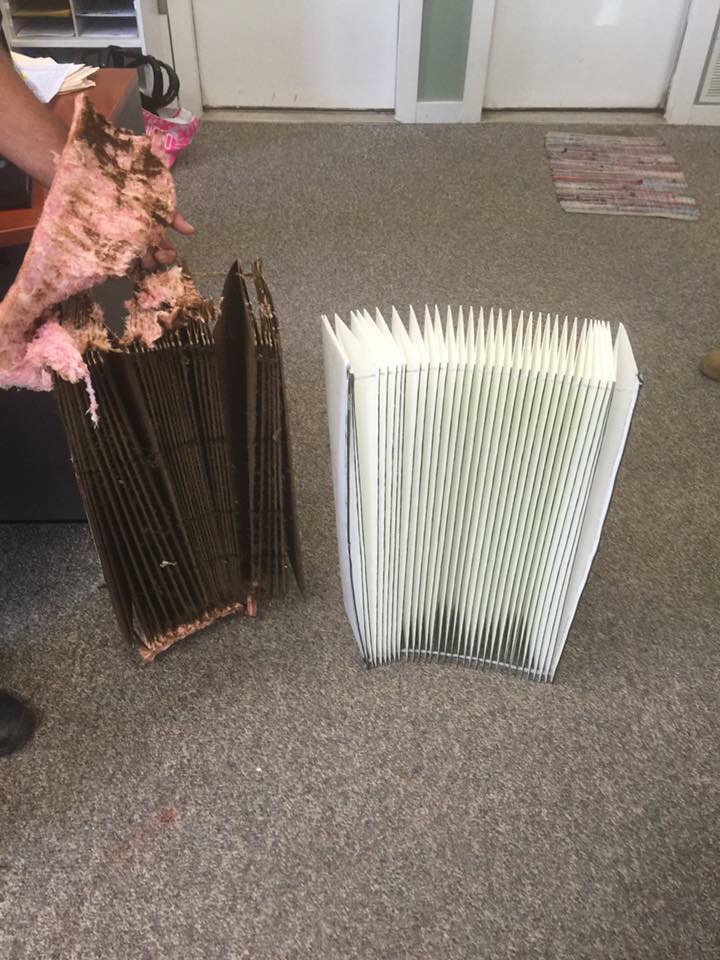Healthy Indoor Air Quality
We are all well aware of the unavoidable pollution problems we encounter outdoors on a daily basis, but we really need to take a look at the indoor pollution problems inside of our home, school, workplace, or car where, according to the U.S. Environmental Agency, we spend 90% or more of each day.
Of course we don’t have much control over the outdoor pollution we encounter, but we certainly can do something about the indoor pollution. Learn more about how you can improve the indoor air quality (IAQ) around you.
According to the Environmental Protection Agency (EPA), the air inside the average home is up to five times more polluted than the air outside. Results from in-home air tests across North America support this government finding. Nearly every home (96%) had at least one indoor air quality problem.
This statistic alone shows how important indoor air quality (IAQ) should be to all of us. Call us at Shamrock Heating and Cooling and let us help you resolve your indoor air quality problems!
Indoor Air Quality Problems & Solutions
Purification
Problem: Odors and chemical vapors, perfumes, cleaning supplies, paints, pet odors, cooking fumes and other airborne contaminants, small, respirable particles and bioaerosols/micro-organisms, pollen, dirt, pet dander, dust mites, bacteria, viruses and mold.
Solution: Odors and chemical vapors, perfumes, cleaning supplies, paints, pet odors, cooking fumes and other airborne contaminants, small, respirable particles and bioaerosols/micro-organisms, pollen, dirt, pet dander, dust mites, bacteria, viruses and mold.
Filtration
Problem: Small, respirable particles and bioaeroso ls/micro-organisms, pollen, dirt, pet dander, dust mites, bacteria, viruses and mold.
Solution: Air filtration systems combat indoor pollution by capturing even the smallest contaminants and keeping them from recirculating back into the home's air.
Ventilation
Problem: Poor airflow a common problem in newer homes, which are tightly sealed to conserve energy. Instead of continually moving, indoor air becomes stagnant, and contaminants have no way to escape.
Solution: Ventilation systems replace stale, contaminated indoor air with outdoor air providing the fresh-air feel of an open window, with virtually no heat/energy loss or safety risk.
Humidity Control
Problem: Too much moisture can make the air feel stuffy and warmer than the actual temperature, and can also promote the growth of mold, mildew, fungi, bacteria and viruses. Too little moisture can cause dry skin, sore throats and respiratory problems, along with annoying static electricity.
Solution: Dehumidifiers and humidifiers work with the home's heating and cooling system to keep moisture levels balanced in every room.
Elimination
Problem: Small, respirable bioaerosols/micro-organisms, pet dander, dust mites, bacteria, viruses, mold and other contaminants that can collect on the air-conditioning coil, reducing system efficiency, and circulate through the home.
Solution: Ventilation systems replace stale, contaminated indoor air with outdoor air providing the fresh-air feel of an open window, with virtually no heat/energy loss or safety risk.



